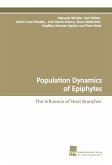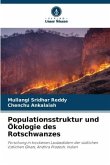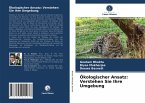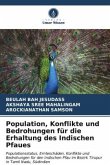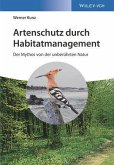Limited gene flow in populations leads to spatial aggregation of related individuals, implicating a loss of genetic diversity and inbreeding. Moreover, the introduction of non-native species into landscapes increases the possibility of introgressive gene flow to their native relatives. The hybrid complex of the native taxon Populus nigra and the domesticated cultivar P. x canadensis was used to study patterns of dispersal by means of nuclear simple sequence repeat (nSSR) marker loci. As allelic ladders of each locus have been created, the marker system enables to transfer genetic data on poplar to different laboratory settings. A natural population of P. nigra was analysed for genetic diversity and spatial genetic structure. Parentage analyses of progeny enabled the quantification of pollen and seed-mediated gene flow. Introgressive gene flow between P. nigra and P. x canadensis was found in both directions and introgressed individuals occurred in natural recruitment. Practical consequences for the conservation of P. nigra are implicated and results are discussed with respect to hybridisation processes and risk assessment of transgene flow.
Bitte wählen Sie Ihr Anliegen aus.
Rechnungen
Retourenschein anfordern
Bestellstatus
Storno


